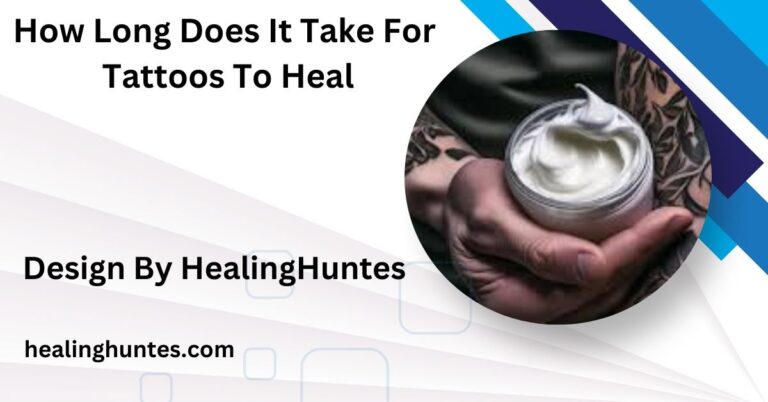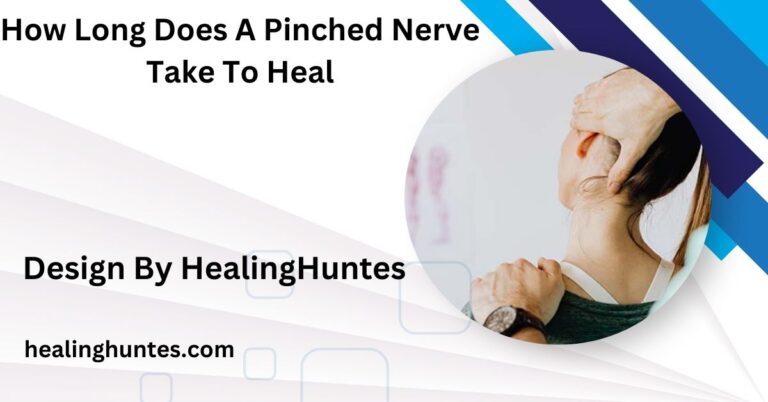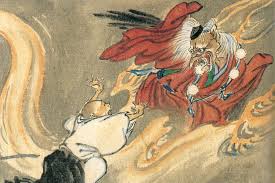Can Open Close Arm After Workout Bicep Heal Fast Bcops – Bicep Healing and Recovery Tips!
After a bicep workout, muscle stiffness from micro-tears and inflammation is common, but active recovery and proper care can speed up healing.
In this article, we’ll explore what happens to your biceps during a workout, why you might feel stiffness afterward, and practical tips on how to speed up recovery so you can get back to your workout routine feeling stronger.
Why Does It Feel Hard to Open or Close Your After a Bicep Workout?
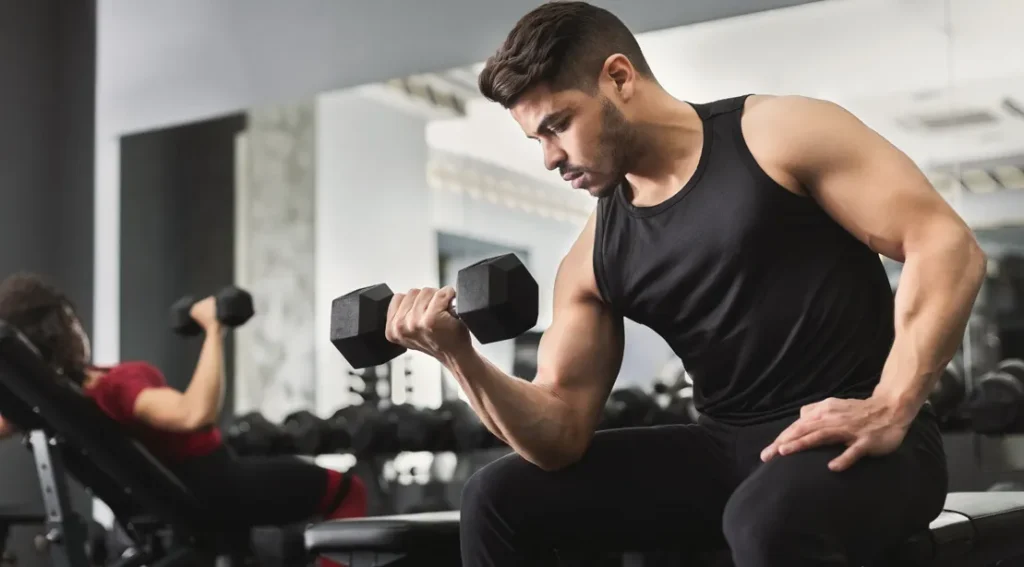
When you engage in exercises that target the biceps, such as bicep curls, pull-ups, or other arm-strengthening movements, you’re effectively putting stress on the muscle fibers. This stress causes tiny tears in the muscle tissue, which is a natural and necessary part of the muscle-building process.
However, in the hours and days following an intense workout, your biceps may feel stiff, and extending or contracting your arm can become uncomfortable or difficult.
This condition is commonly known as Delayed Onset Muscle Soreness (DOMS). DOMS typically sets in 12 to 24 hours after a workout and can last up to 72 hours or more, depending on the intensity of the workout.
Key reasons for stiffness and difficulty in movement after a workout include:
- Micro-tears in the muscle fibers: During exercise, especially with eccentric movements (like lowering the weight during a curl), the muscle fibers stretch and tear slightly. These micro-tears are a normal part of building strength but can lead to soreness and restricted movement.
- Inflammation: The body responds to these micro-tears by sending inflammatory cells to the damaged area to begin the healing process. This inflammation can cause swelling and tenderness, making it harder to fully extend or flex your arm.
- Lactic acid build-up: During intense exercise, lactic acid can accumulate in the muscles, contributing to the feeling of fatigue. While this lactic acid is usually flushed out of your system quickly after exercise, some residual soreness may still occur, leading to stiffness.
- Overexertion or improper technique: If you push your biceps too hard without proper form, or if you’re lifting weights that are too heavy, you may cause excessive strain on the muscles and tendons, which can prolong recovery time and exacerbate stiffness.
How to Heal Your Biceps Faster After a Workout?
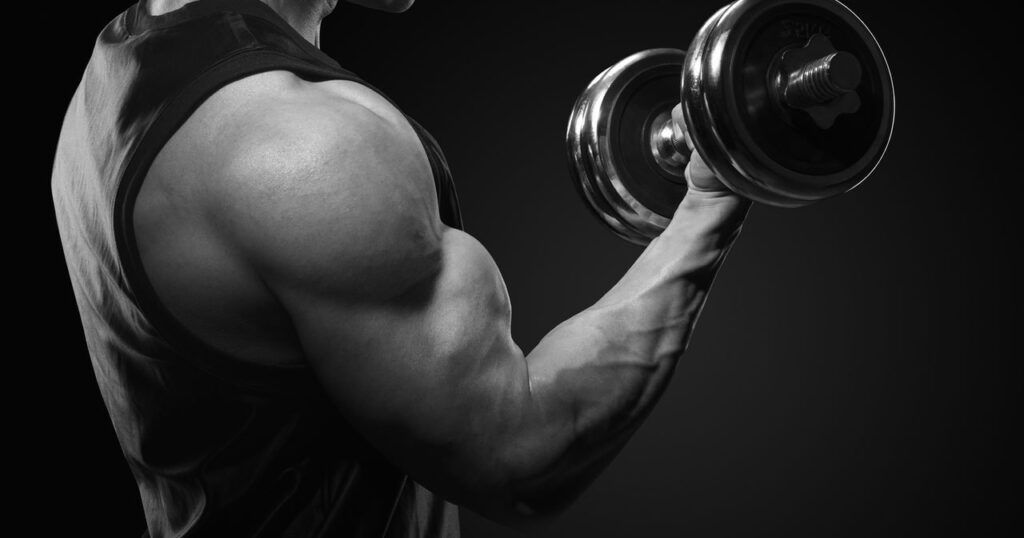
The good news is that there are several things you can do to promote faster recovery and reduce the stiffness you feel after a bicep workout:
- Active recovery: Light movement such as walking, stretching, or engaging in low-intensity exercises can increase blood flow to your muscles. This helps deliver nutrients and oxygen to the damaged tissue, speeding up the healing process. Avoid complete rest as it may increase stiffness
- Proper hydration: Staying well-hydrated helps flush out toxins, such as excess lactic acid, from your system. Drinking plenty of water also aids in muscle repair and recovery.
- Stretching and mobility exercises: Gentle stretching of the biceps post-workout can improve flexibility and alleviate tightness. Try incorporating dynamic stretches before your workout and static stretches after your workout. Yoga can also be a great way to improve overall flexibility and reduce muscle tension.
- Cold and heat therapy: Applying ice to your biceps for 10-15 minutes can reduce inflammation and ease pain immediately after a workout. A few hours later or the next day, switching to heat (via a warm towel or heating pad) can relax the muscles and improve circulation, helping with recovery.
- Massage and foam rolling: Massaging your biceps or using a foam roller can help break up knots in the muscle tissue, increase blood flow, and reduce soreness. It also aids in the removal of metabolic waste products from the muscles.
- Sleep and nutrition: One of the most important aspects of muscle recovery is proper sleep and nutrition. Your muscles repair themselves during deep sleep, so ensuring you get 7-9 hours of quality rest is critical. In addition, consuming enough protein, healthy fats, and complex carbohydrates provides your body with the building blocks it needs to repair muscle tissue.
- Certain supplements: can also support faster muscle recovery. For example, branched-chain amino acids (BCAAs) can reduce muscle soreness and promote healing. Similarly, creatine and omega-3 fatty acids are known for their anti-inflammatory and muscle-repair properties.
When Should You Be Concerned?
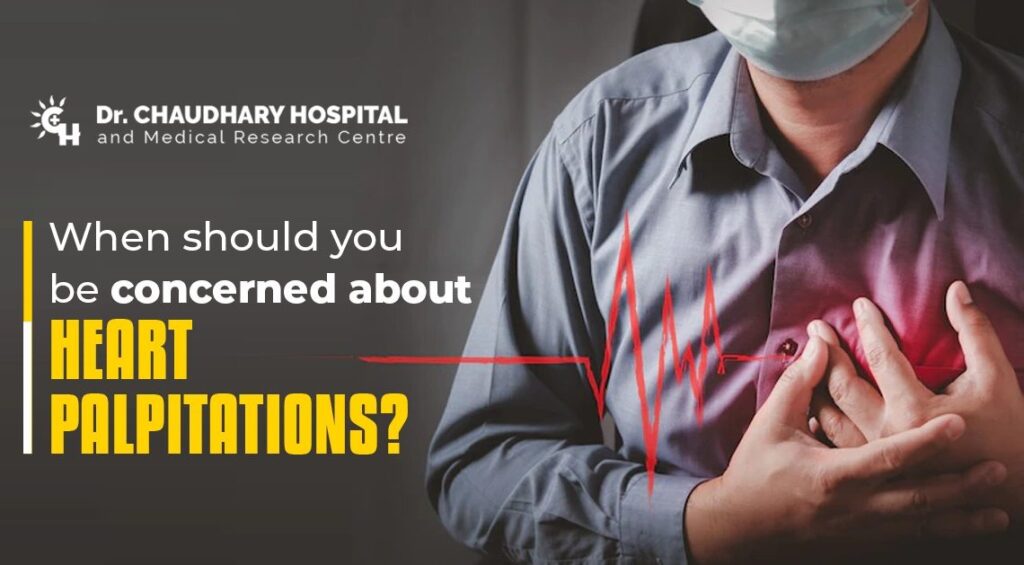
While muscle soreness and stiffness are normal after a workout, there are instances where you may need to consult a healthcare professional:
- Persistent pain: If you experience sharp or persistent pain that doesn’t improve after a few days, you may have an injury rather than just muscle soreness.
- Severe swelling or bruising: Swelling or bruising around the biceps could indicate a tear or rupture in the muscle or tendon, which requires medical attention.
- Inability to move your arm: If you cannot move your arm at all or experience extreme difficulty, it may be a sign of a more serious injury.
FAQ’s:
1. Why does it feel hard to open or close my arm after a bicep workout?
After a workout, micro-tears in the muscle fibers and inflammation can cause stiffness, making it harder to fully extend or contract your arm.
2. How long does post-workout bicep soreness last?
Delayed Onset Muscle Soreness (DOMS) is muscle soreness that occurs 12-24 hours after a workout and can last up to 72 hours or more.
3. How can I speed up bicep recovery after a workout?
Active recovery, proper hydration, stretching, cold and heat therapy, and getting enough sleep and nutrition can all promote faster recovery.
4. When should I be concerned about bicep pain after a workout?
If you experience sharp or persistent pain, severe swelling, or an inability to move your arm, it may be a sign of a serious injury and you should seek medical advice.
5. What role do supplements play in muscle recovery?Bicep Healing and Recovery Tips
Supplements like BCAAs, creatine, and omega-3 fatty acids can help reduce muscle soreness, fight inflammation, and support faster muscle repair.
Conclusion:
It’s completely normal to feel stiffness or soreness in your biceps after a workout, especially if you’re challenging the muscles with new or more intense exercises. By following the steps outlined above, you can support faster recovery and get back to your workout routine with minimal discomfort. Remember to listen to your body—rest when needed, but stay active with light movements to promote healing. If you notice signs of a serious injury, don’t hesitate to seek medical advice


